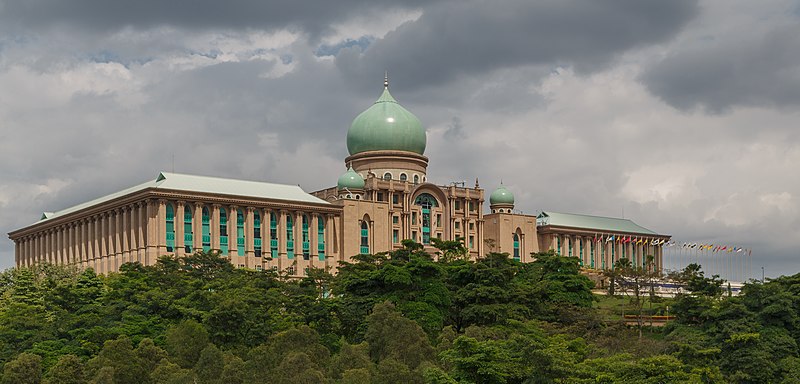Blog post -
Driving Malaysia's Green Building Industry
In 2007, a group of building consultants, academics and building-industry representatives formed a group dedicated to promoting sustainable development in Malaysia. Two years later, this developed into the Malaysian Green Building Confederation, which produced the Green Building Index (GBI) rating system. Today, the GBI is viewed by the government and industry as the authoritative green rating system for building infrastructure in Malaysia.
Green Building Index
The rating system scores buildings based on six key green criteria:
- Energy efficiency
- Indoor environmental quality
- Sustainable site planning and management
- Materials and resources
- Water efficiency
- Innovation
Points are awarded for each of these based on their importance in non-residential and residential buildings. For example, the highest number of points a non-residential building can get for energy efficiency is 35, while residential construction can receive up to 39 points for sustainable site planning and management.
To encourage sustainable building practices, the GBI awards four levels of certification:
- 50-65 points: Certification
- 66-75 points: Silver certification
- 76-85 points: Gold certification
- >86 points: Platinum certification
Together with the prestige of having a high GBI rating, government incentives have also helped create a surge in Malaysia's green building projects.
Green Technology Financing Scheme
The Malaysian government introduced the Green Technology Financing Scheme in January 2010. Originally, RM1.5 million (US$420,000) in the form of soft loans was made available to companies that use and/or supply green technologies. In 2013, the fund was increased to RM2 million. The current scheme offers companies a 2 per cent subsidy on soft loans and a 60 per cent guarantee on the financing.
In addition, the Malaysian government offers tax deductions and stamp duty exemptions to companies that use green technology.
In 2010, major renovations began on the Perdana Putra government building, which houses the offices of the Prime Minister. The building was completed in 1999, before energy-efficient building practices came to the forefront in Malaysia. One of the purposes of the renovation was to set a green example for future building projects and renovations in Malaysia.
After Perdana Putra was refurbished using energy-efficient technology and is retrofitted with an advanced energy management system which allows integration of the buildings air-conditioning, lighting, sensors and power meters. The energy management system also allows for data to be collected so that future actions can be made on energy usage. The building reduced its energy intensity by 38 per cent, water usage by 40 per cent and CO2 emissions by 30 per cent, achieving a Platinum GBI rating.
Green building has come a long way in a short time in Malaysia. Thanks to the adoption of the GBI; the Green Technology Financing Scheme; and the examples set by major projects such as the Perdana Putra renovation, Malaysia is becoming a Southeast-Asian leader in the use of green technology for a sustainable future.
Related links
Topics
- Building, property
Categories
- sustainability
- panahome
- malaysia
- homes & living
